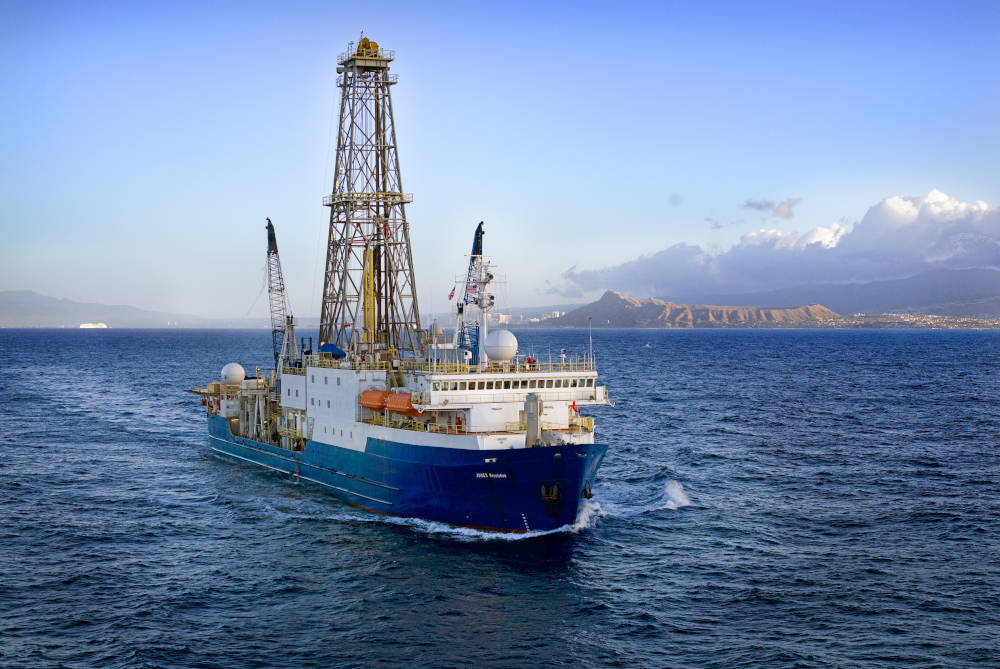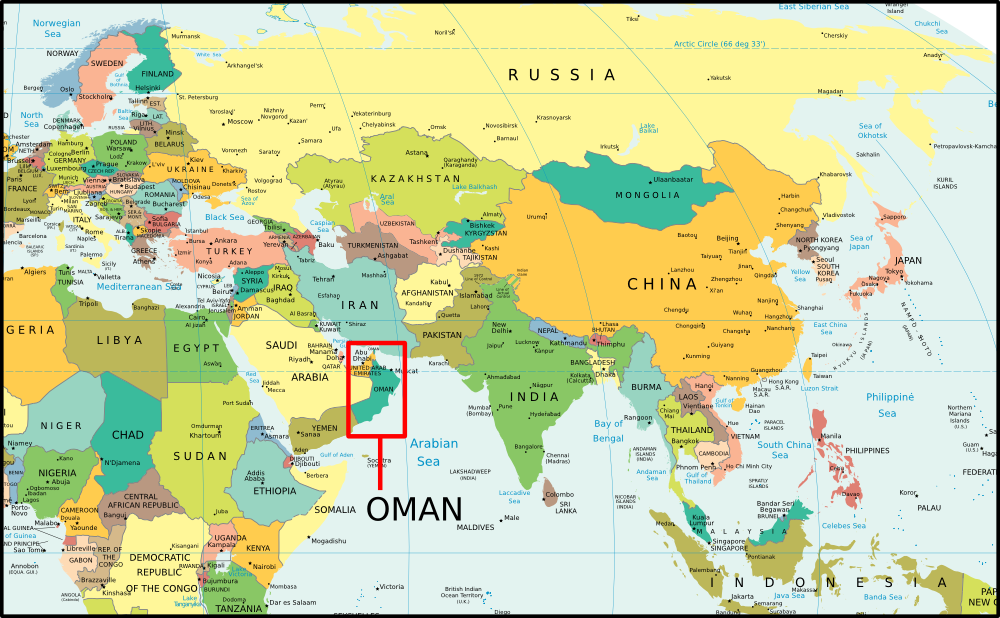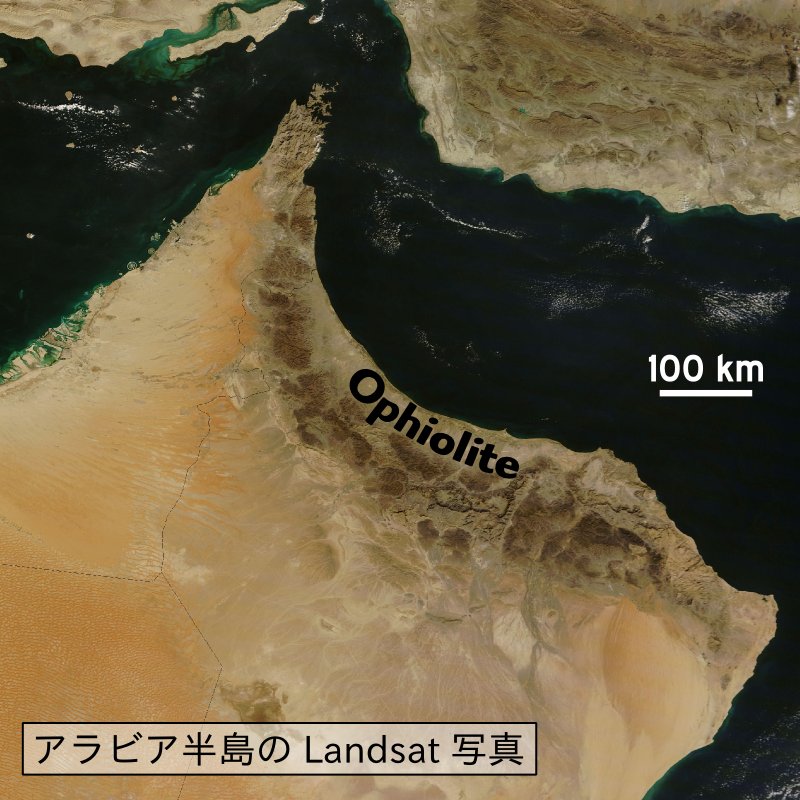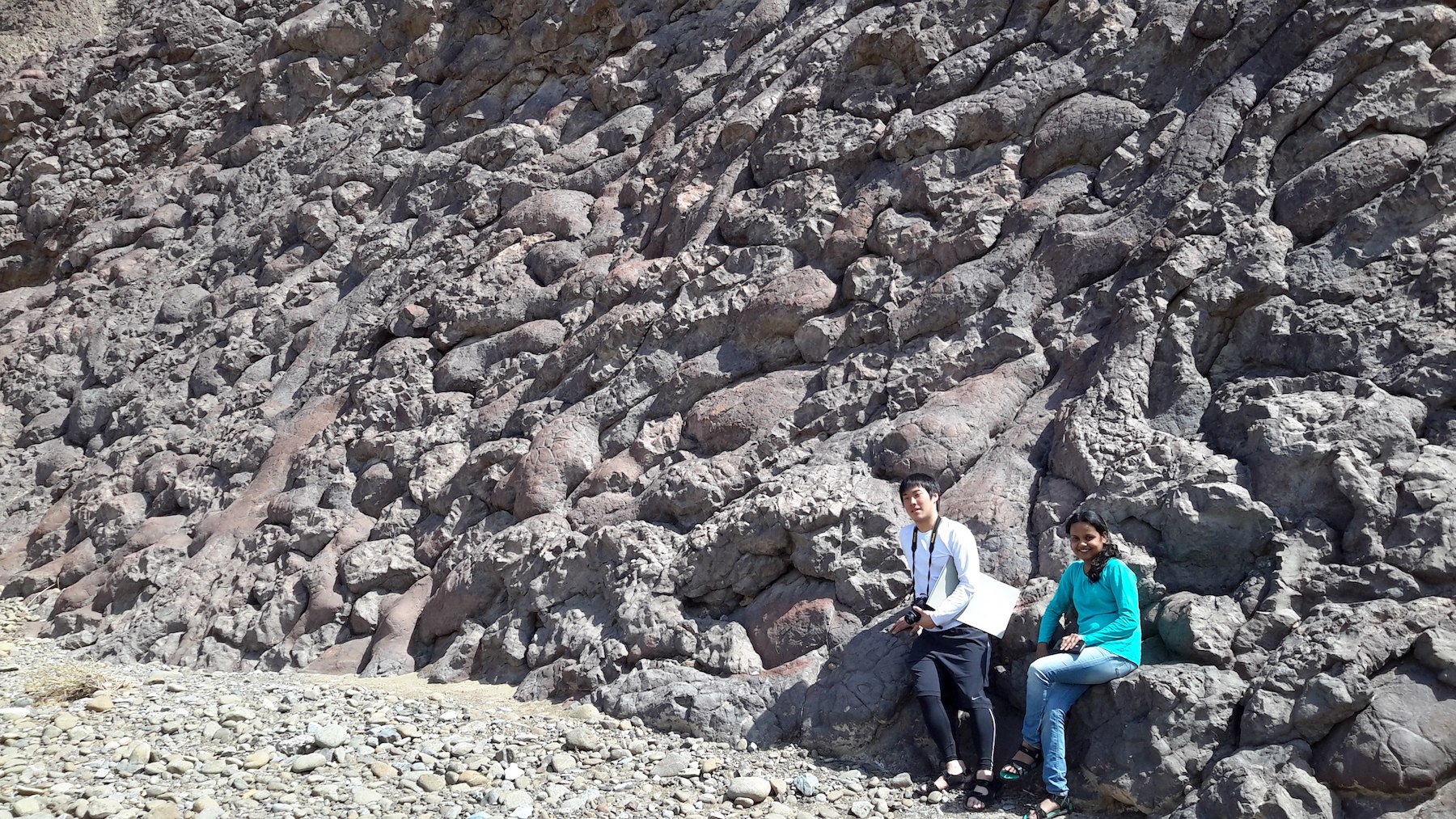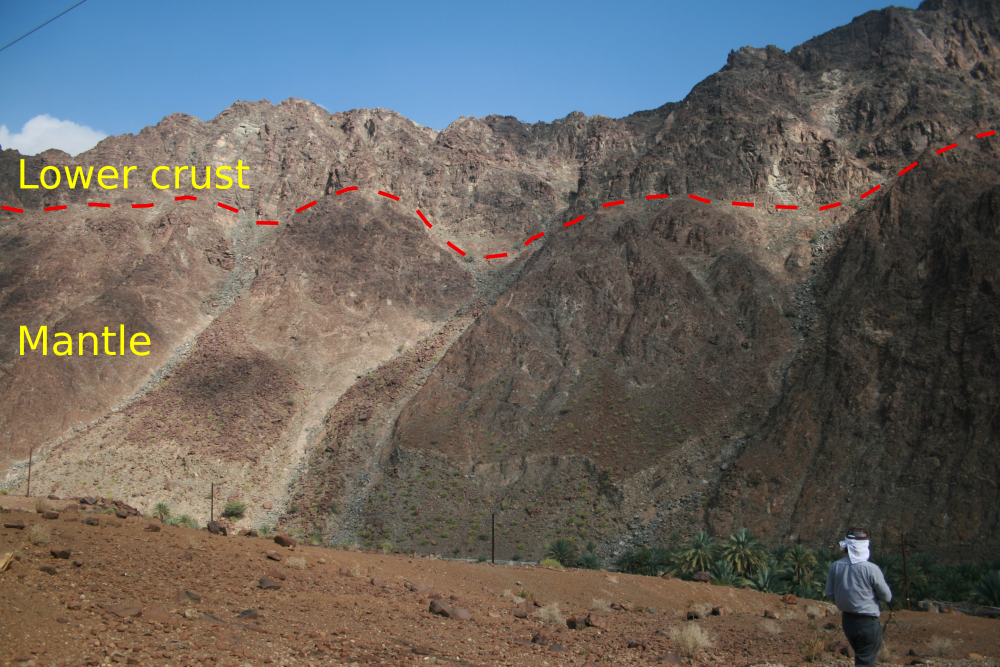PYTHON, Marie
Assistant Professor
What is at the bottom of the oceans ?
Department of Earth and Planetary Sciences, Earth and Planetary System Science

| Theme | Understanding how the ocean lithosphere form based on field and sample observations and analyses |
| Field | Ocean geology, Petrology, Geochemistry |
| Keyword | Ocean floor, Ocean lithosphere, Ocean hydrothermalism, Ocean magmatism, Ophiolites, Earth mantle, Peridotites, Gabbros |
Introduction of Research
By investigating the mantle and crustal sections in ophiolites in parallel to hard rock cores drilled in present days oceans, we aim to elucidate the various processes leading to the formation and transformation of the oceanic lithosphere. Rocks drilled at East Pacific Rise during IODP Exp. 345 (on Joides Resolution, see photo 1 and 2) are used to investigate magmatic and hydrothermal processes occurring in the lower oceanic crust. The Oman ophiolite (Photos 3 and 4) is the biggest and best exposed ophiolite in the world. It is interpreted as being a remnant of oceanic lithosphere from Tethys which was obducted onto the Arabian margin. Field investigations in the Oman ophiolite allowed me to observe ocean lithosphere structures (Photos 5 and 6) and to locate any sample taken in its context. My researches are focussing on the various magmatic and hydrothermal processes occurring in the oceanic mantle and gabbroic crust. My main results showed that at the scale of the Oman ophiolite several mantle source can be observed and that magmatic processes occurring in the deep crust (fractional crystallisation, melt-rock reaction, mixing of various sources, etc.) have a strong effect on the composition of the magma erupted at the surface.
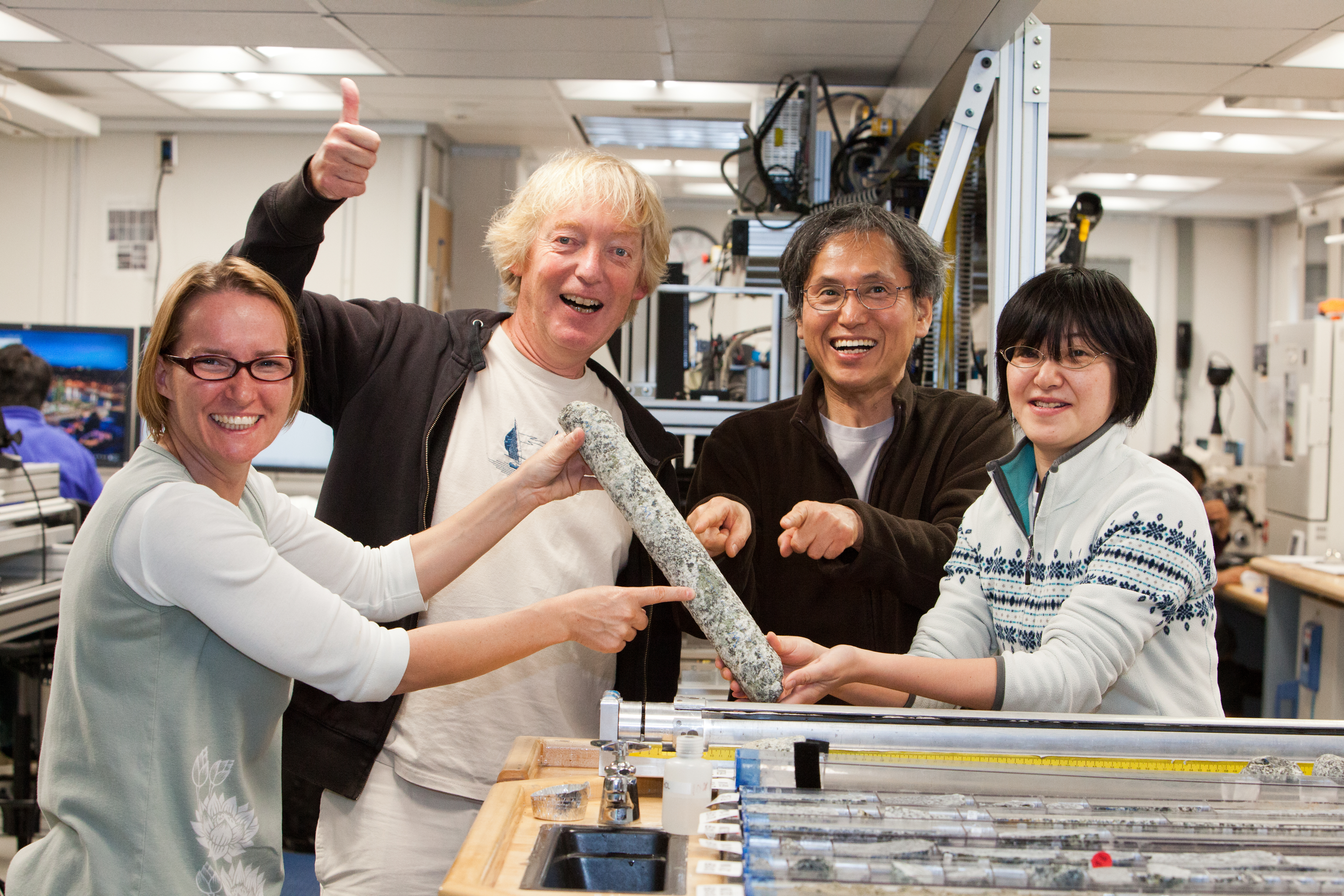
Representative Achievements
| Academic degree | PhD |
| Self Introduction | I was raised at thte bottom of the Alps in Europe and I sent most of my school holidays near the Atlantic coast at my grand parents place. As a consequence, as a child already, I felt in love with mountains and oceans and having a job which allows me to spend time on the oceans and in the mountains is a real happiness. |
| Academic background | 2002 PhD graducation at Université Paul Sabatier, Toulouse (France) 2002 Post-doctorate at Université Paul sabatier, Toulouse (France) 2004 JSPS then Inoue fundation fellow post-doctorate at Kanazawa University (Japan) 2008 Post-doctoral fellow at Kyoto University’s Institute for Geothermal Sciences, Beppu (Japan) 2010 to present Assistant professor at Hokkaido Uniersity (Japan) |
| Affiliated academic society | Japan geological society, Japan Geoscience union, European Geoscience union |
| Project | Oman drilling project IODP |
| Room address | 理学部6号館 6-10-03号室 |

